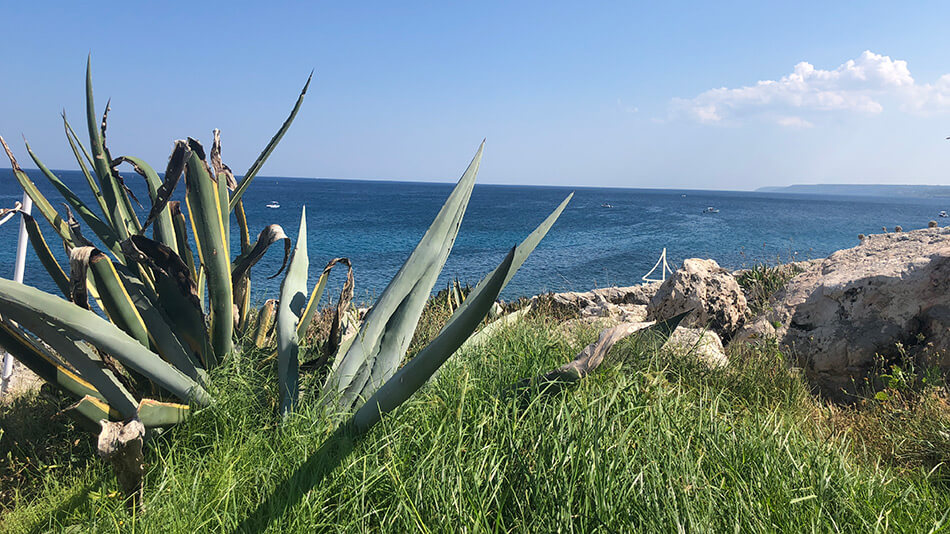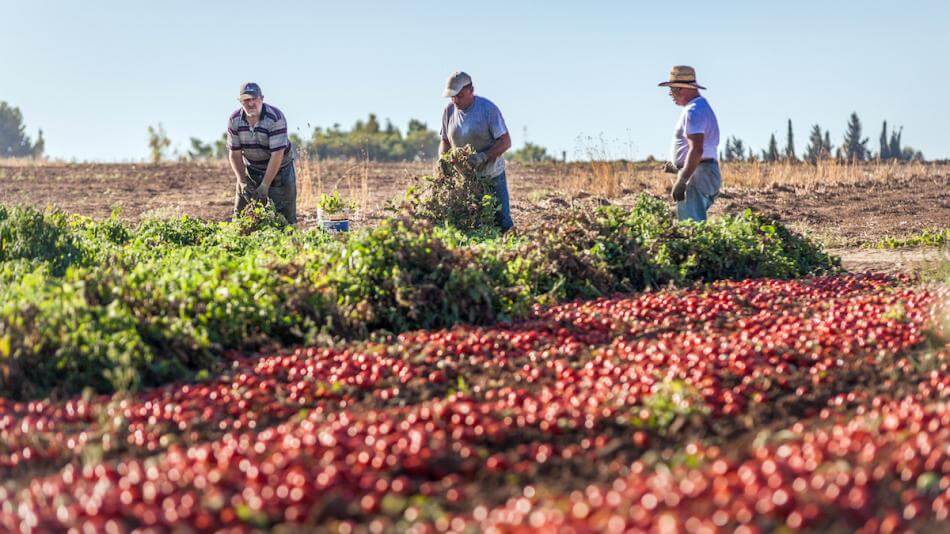The region of Puglia stretches for over 400km from its northern end to southern tip at Santa Maria di Leuca where the land screeches to a hasty halt at the point where two seas meet. The eastern coast is washed by the Adriatic, the west by the balmy Ionian Sea.
It’s the end of the road in more ways than one. The first Roman highway, the Via Appia, finished its journey in the bustling port of Brindisi where the Crusaders once set sail, and later in 109 AD the Via Traiana was built as a more direct extension from Benevento to Brindisi. Puglia was the crossroads of many civilizations and the bridge between East and West.
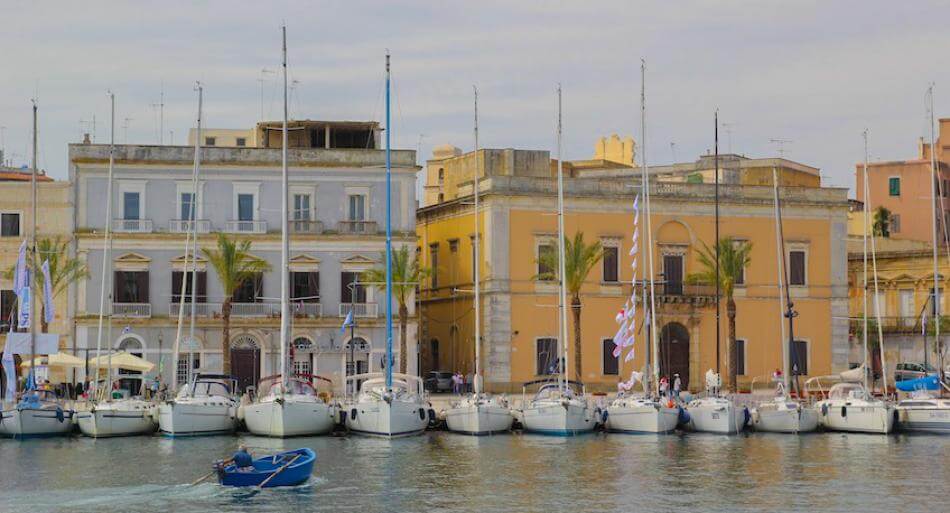
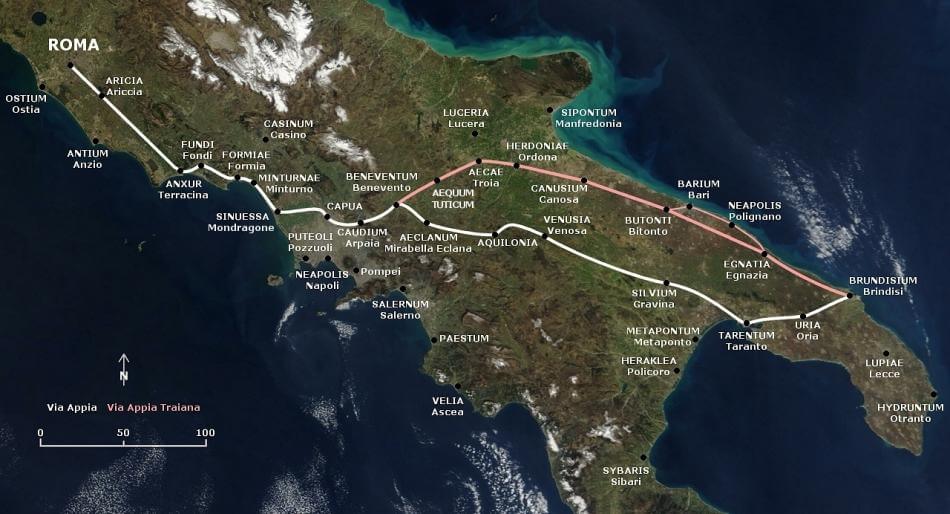
This is a region saturated in history, punctuated with cathedrals built for the Crusaders on their way to the Holy Land, Norman and Swabian castles and fortified farms known as masserie. In the south is the Salento, a sun-baked plain scattered with tiny villages among the olive groves, the coast sprinkled with ornate Baroque towns, the most impressive of course being the city of Lecce.
Quaintly conical trulli houses huddle together in the Valle d’Itria which is peppered with picturesque white towns while the wild, mountainous Gargano national park is blanketed in bosky beech forest. The fertile Tavoliere plain is here, where most of Italy’s wheat is grown. Puglia is the breadbasket of Italy, a fertile land that produces most of its olive oil, wheat and wine.
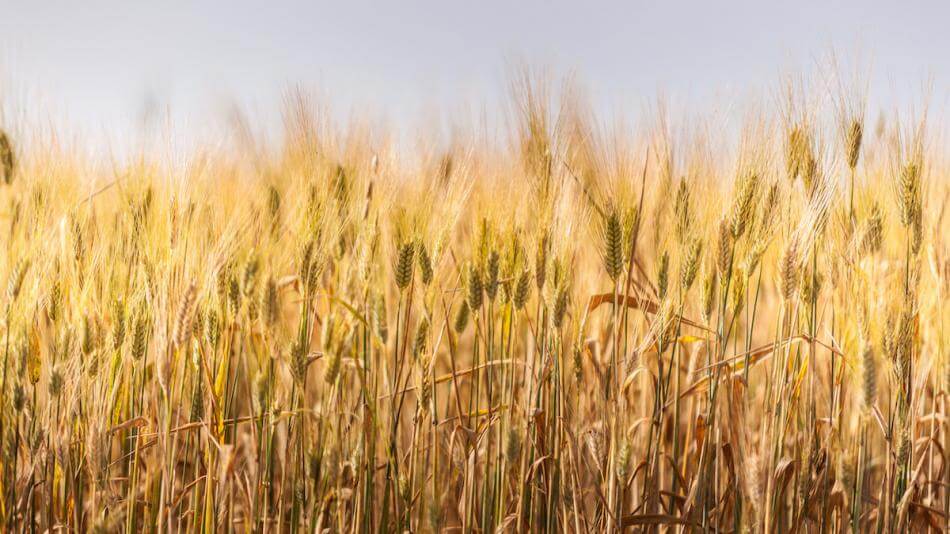
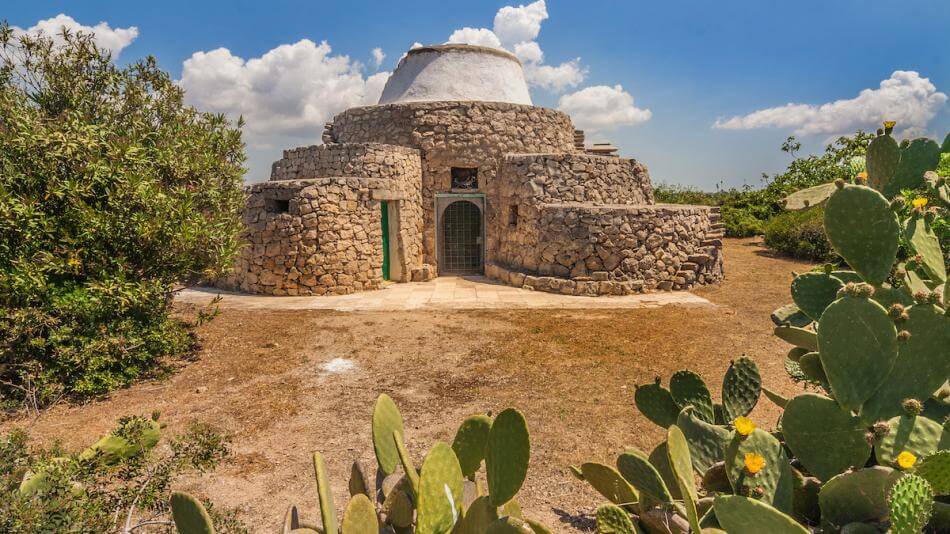
Draw an imaginary line from Taranto on the west coast to Brindisi on the east: below is Salento, also known as the heel of Italy. A flat, fertile peninsula fringed by two seas, the rich, cinnamon soil pricked by silvery olive trees, prickly pear cacti and vines and spider-webbed with dry stone walls.
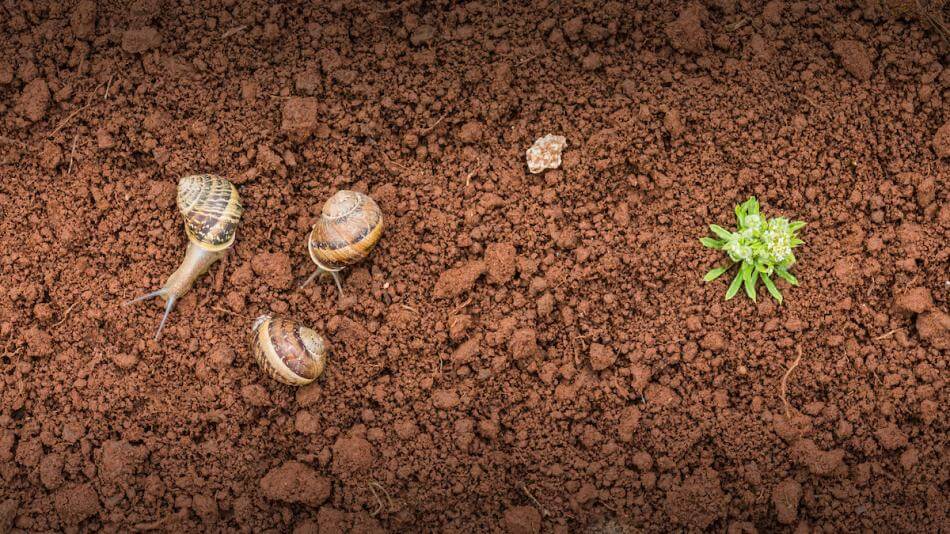
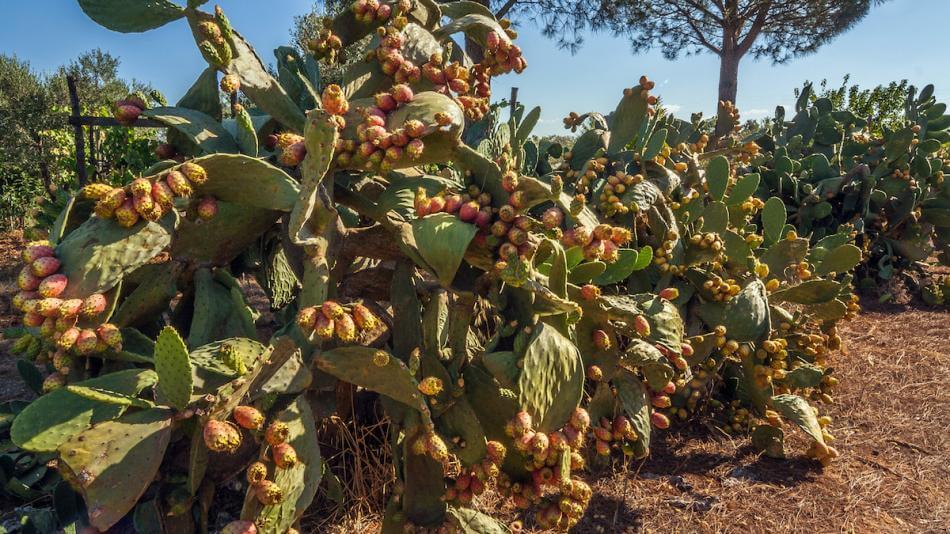
Salento is peppered with historical sites from Messapian dolmens to Roman amphitheatres. You can wander through villages where Greek is still spoken or meander the maze of tangled streets and bustling fish market in Gallipoli with its Greek, Saracen and Baroque heritage. Byzantine Otranto, a historic town on the Adriatic coast, is another gem famous for its mosaics and castle, while Lecce is an overblown Baroque confection of creamy carved stone.
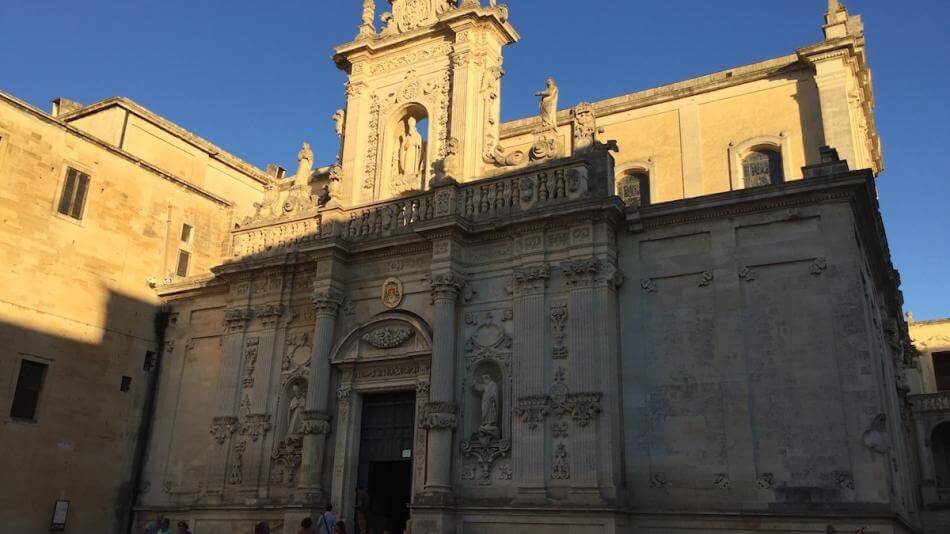
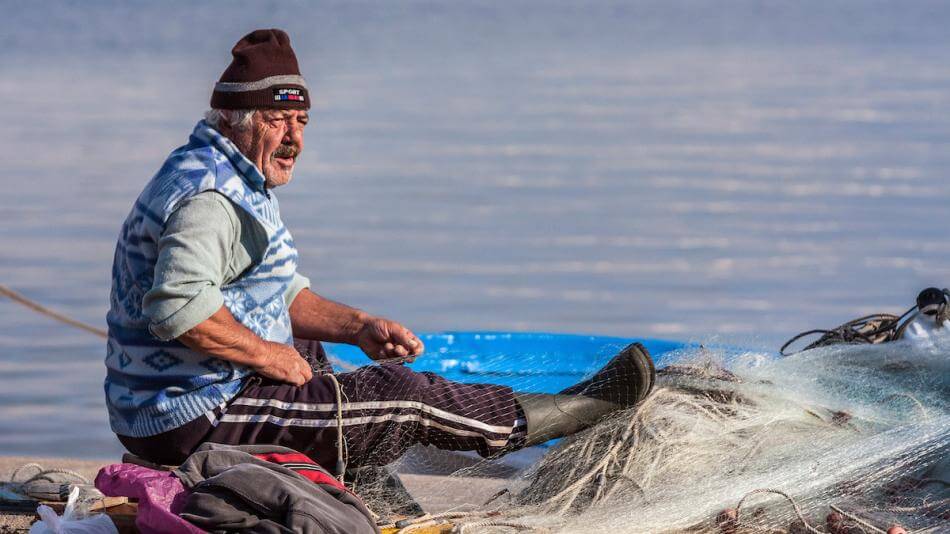
If these historic towns are Salento’s cultural riches, the two coasts are its natural jewels. The jagged Adriatic is indented with tiny rocky coves. The Ionian, dubbed a Mediterranean Maldives, has long sweeps of golden sand lapped by a turquoise sea.
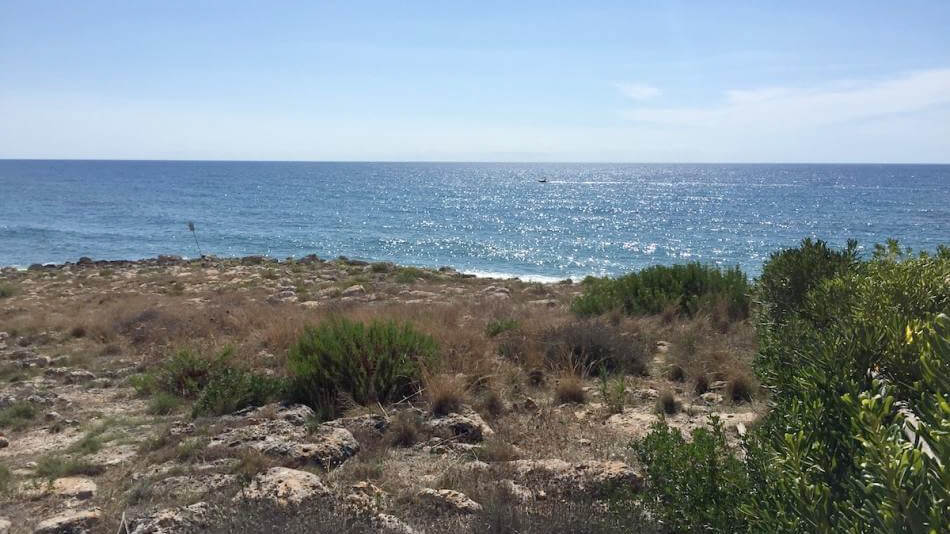
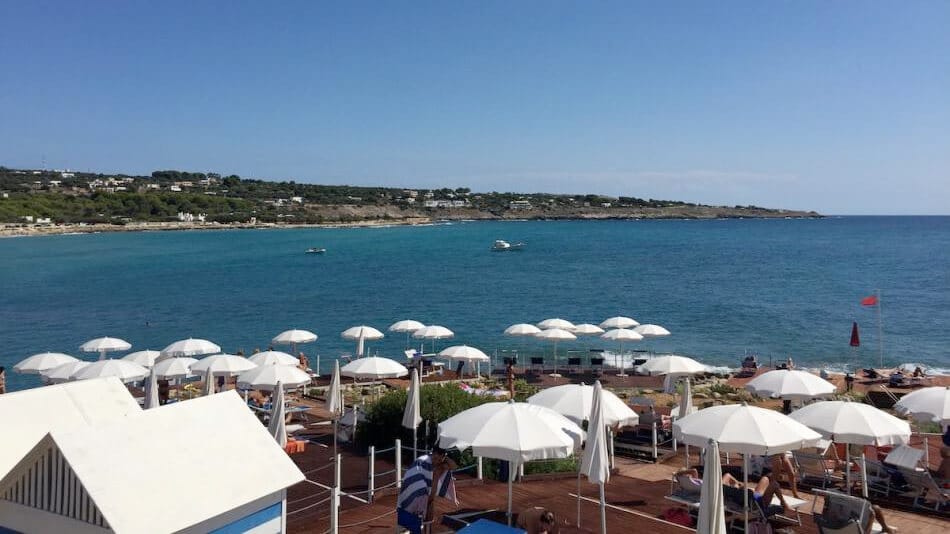
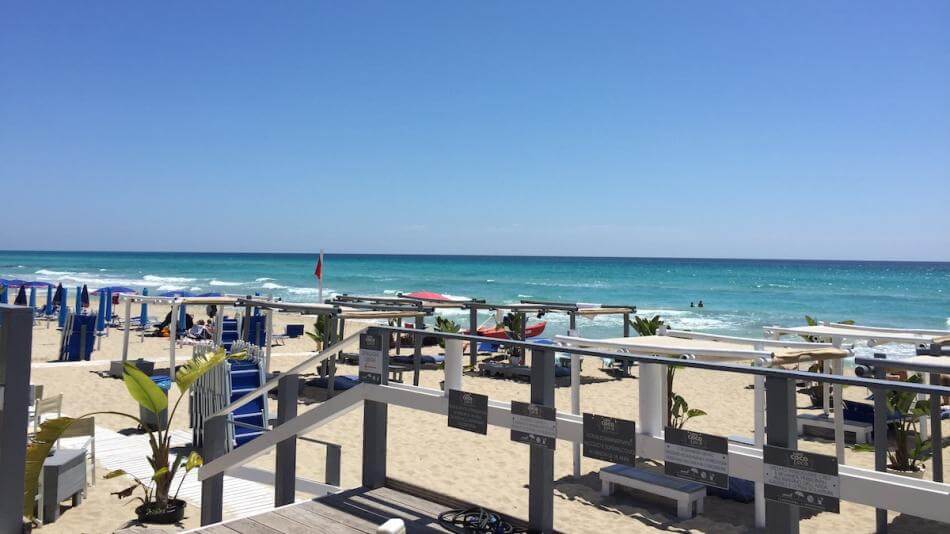
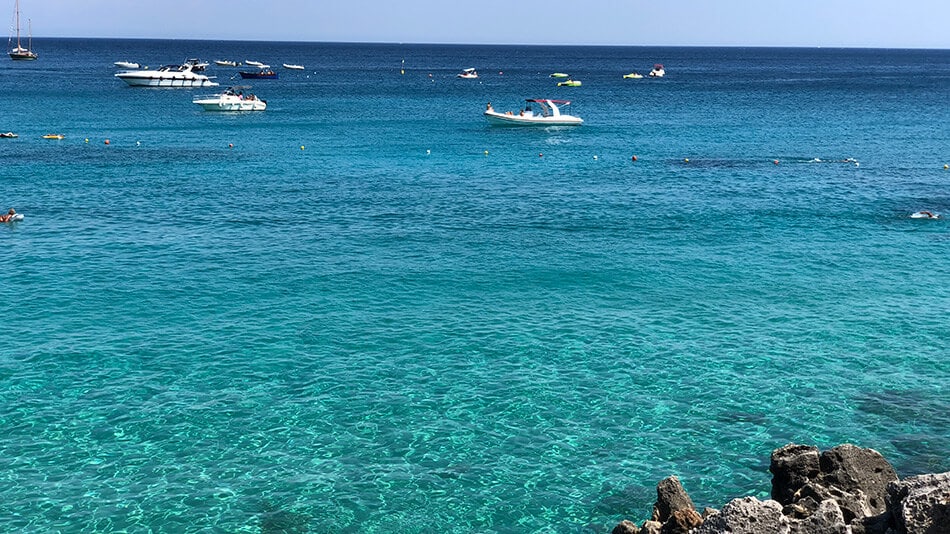
Ugento is a sleepy little town in Salento. Along with its magnificent Castello, a cathedral towers over an elegant square and Byzantine and Baroque churches can be glimpsed down tiny alleyways. It is also the site of a state-of-the-art archaeological museum housed in an old Franciscan monastery, a glass roof soaring over a courtyard between the ancient walls and protecting the tomb of an athlete from the 6th century BC.
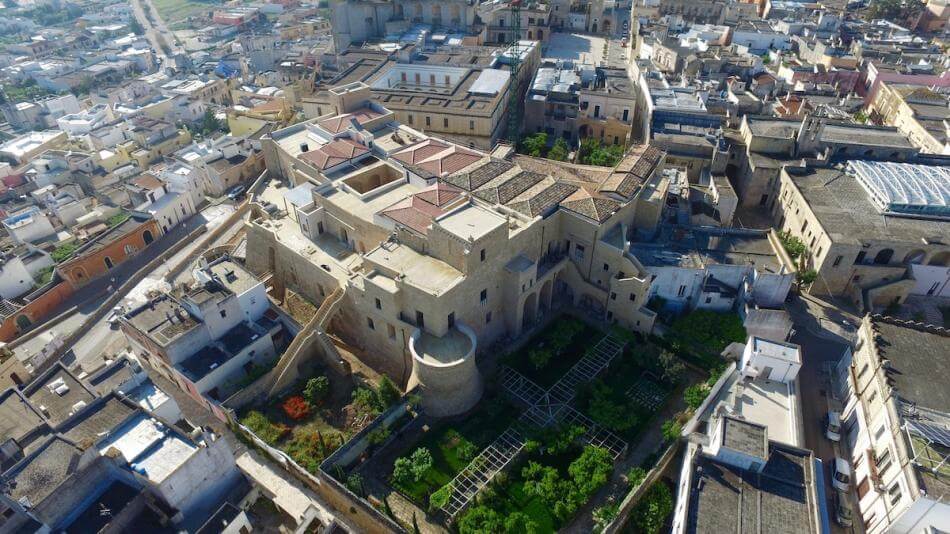
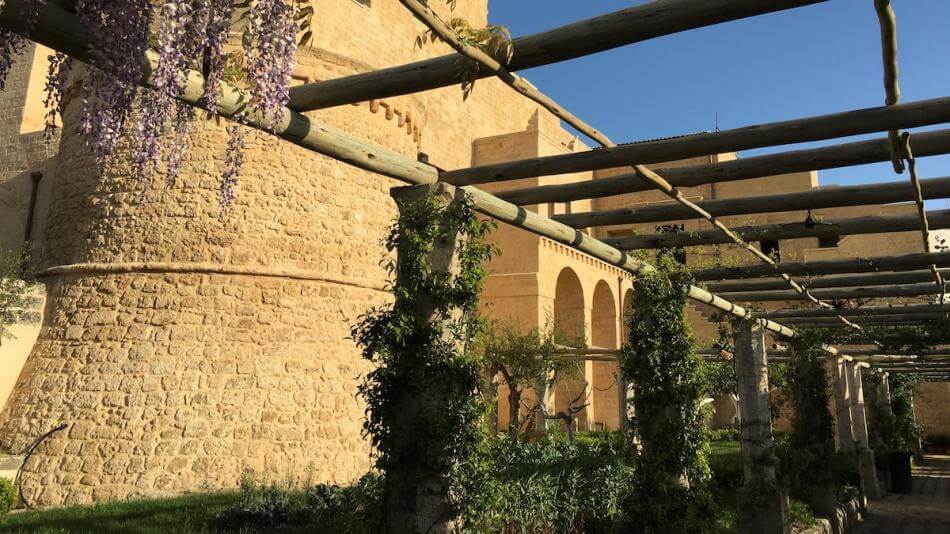
Yet despite these attractions, this is the Italy of fifty years ago, as yet unspoilt by the hordes of tourists. It’s off-the-beaten track, yet just 4km down the road are buzzing beach clubs lining the ribbon of pure white sand lapped by an azure sea.
